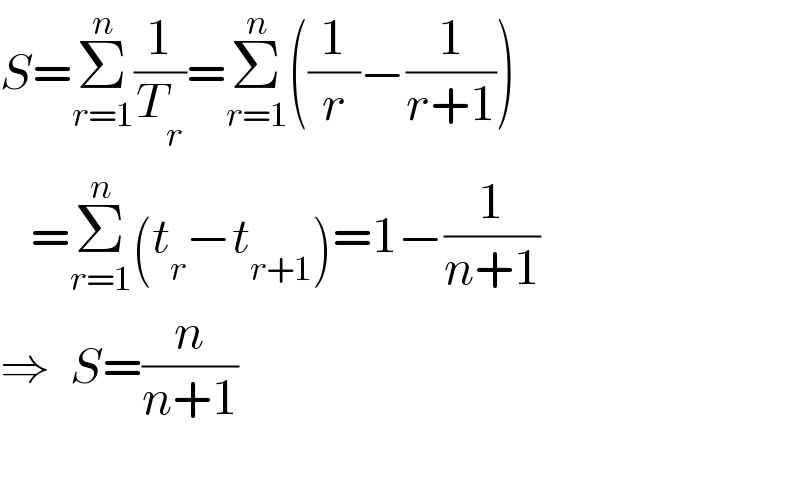
Question and Answers Forum
Question Number 157351 by physicstutes last updated on 22/Oct/21

Commented by hknkrc46 last updated on 22/Oct/21

Answered by ajfour last updated on 22/Oct/21

Answered by physicstutes last updated on 22/Oct/21

Answered by som(math1967) last updated on 22/Oct/21

Commented by peter frank last updated on 22/Oct/21

